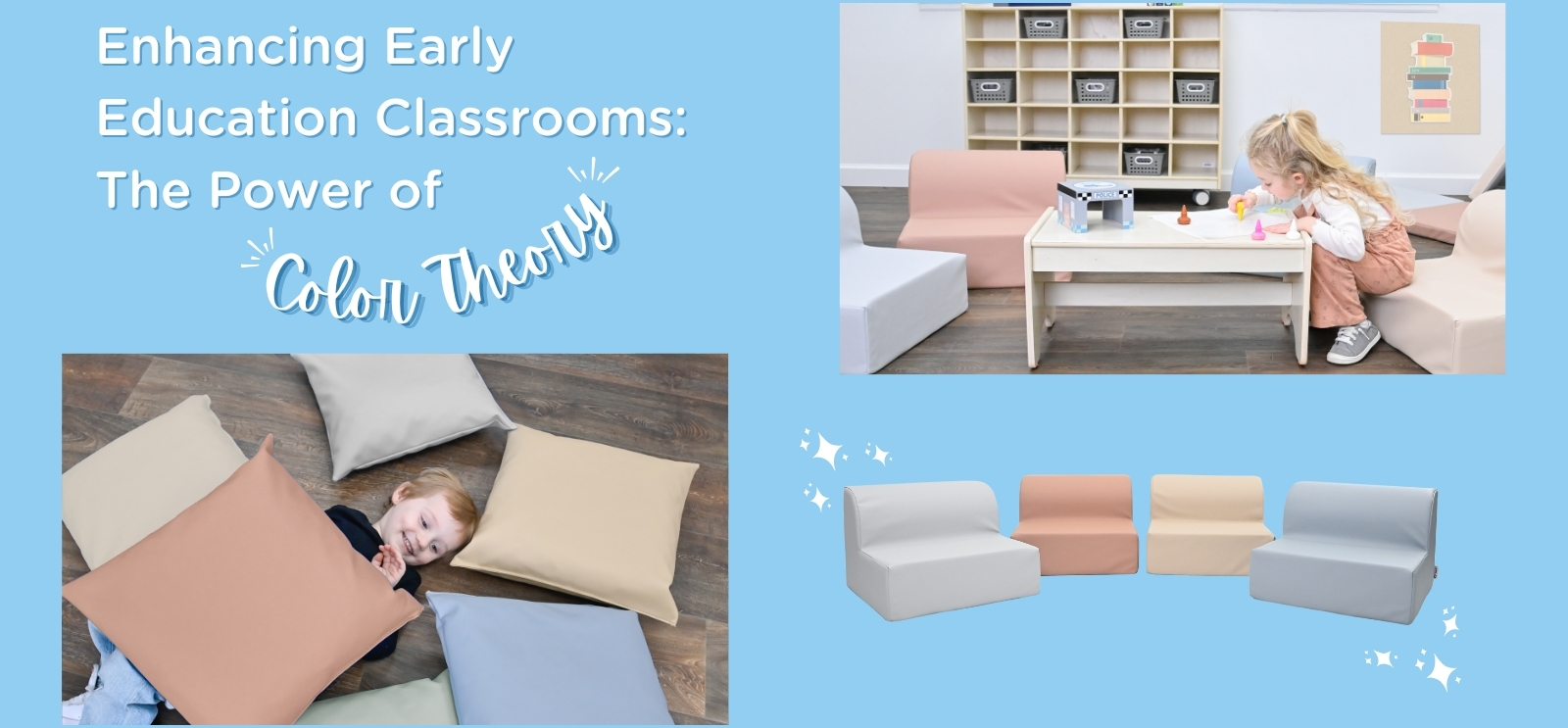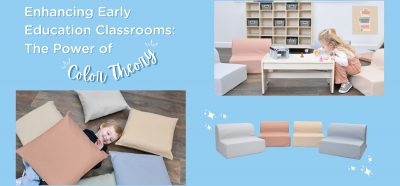
Enhancing Early Education Classrooms: The Power of Color Theory in Furniture Selection
In the realm of early education, the environment plays a pivotal role in shaping the learning experiences and emotional well-being of young children. One often overlooked yet profoundly impactful element is the use of color theory when choosing classroom furniture. From flexible seating options to birch storage units, incorporating natural tones can create an inclusive and nurturing space that fosters both learning and social-emotional development.
The Psychology of Color in Early Education
Color theory delves into the psychological effects of colors on human behavior and emotions. In early education, where children are in their formative years, the careful selection of colors can significantly influence their mood, attention, and interactions. Natural tones, in particular, have been found to create a calming and inviting atmosphere, essential for young learners.
Benefits of Natural Tones:
- Calmness and Focus: Soft, natural colors such as greens, blues, and earthy browns can reduce anxiety and promote concentration. These hues are reminiscent of nature, which has an inherently soothing effect.
- Inclusiveness: Neutral and natural colors are inclusive and non-distracting, making them ideal for diverse classrooms where students with varying sensitivities and needs can feel comfortable and accepted.
- Enhanced Learning: Calm environments support cognitive function and memory retention, making it easier for young children to absorb and retain new information.
Flexible Seating: A Key to Dynamic Learning
Flexible seating is a modern approach to classroom design that replaces traditional desks with various seating options, allowing children to choose how and where they learn best. This can include floor cushions, bean bags, stools, and adjustable chairs.
Color Considerations for Flexible Seating:
- Soft Fabric Choices: Selecting seats covered in soft fabrics and colors can help maintain a consistent and soothing aesthetic throughout the classroom.
- Visual Harmony: A mix of soft greens, blues, and neutral tones in seating arrangements can create a visually harmonious space that feels balanced and inviting.
Social-Emotional Benefits:
- Empowerment: Allowing children to choose their seating empowers them and fosters a sense of autonomy, which is crucial for their social-emotional development.
- Collaboration: Flexible seating encourages group work and peer interaction, essential components of social learning.
Birch Storage: Practical and Aesthetic
Birch storage units are not only practical but also align beautifully with the principles of natural color theory. Birch wood, with its light tones, blends seamlessly into an early education classroom, offering both functional and aesthetic benefits.
Advantages of Birch Storage:
- Warmth and Comfort: The light tones of birch wood create a welcoming environment that can make children feel more at home and relaxed.
- Organization: Organized storage helps reduce clutter, which can decrease stress and create a more orderly learning space.
Inclusiveness through Design:
- Accessibility: Well-designed storage solutions ensure that all children, regardless of their physical abilities, can easily access learning materials, fostering inclusiveness and independence.
Creating an Inclusive and Emotionally Supportive Environment
Incorporating natural tones in classroom furniture is more than a design choice; it is a step towards creating an inclusive and emotionally supportive environment. Children in early education are particularly sensitive to their surroundings, and a thoughtfully designed classroom can significantly impact their well-being and academic success.
As educators and designers, we must prioritize creating spaces that nurture both the mind and the heart. By understanding and applying color theory in classroom furniture selection, we can build environments that support the diverse needs of all students, fostering a love for learning that will last a lifetime.
Incorporating flexible seating and birch storage units with natural tones not only enhances the aesthetic appeal of the classroom but also contributes to a supportive and inclusive learning atmosphere. Let’s embrace the power of color theory to create classrooms where every child can thrive.
